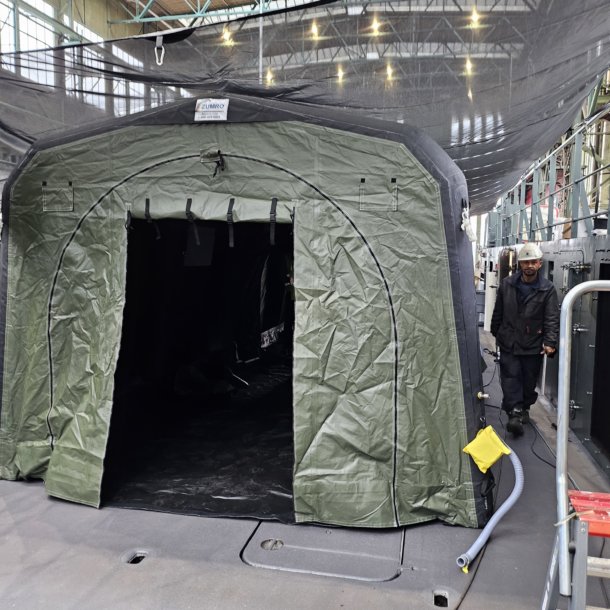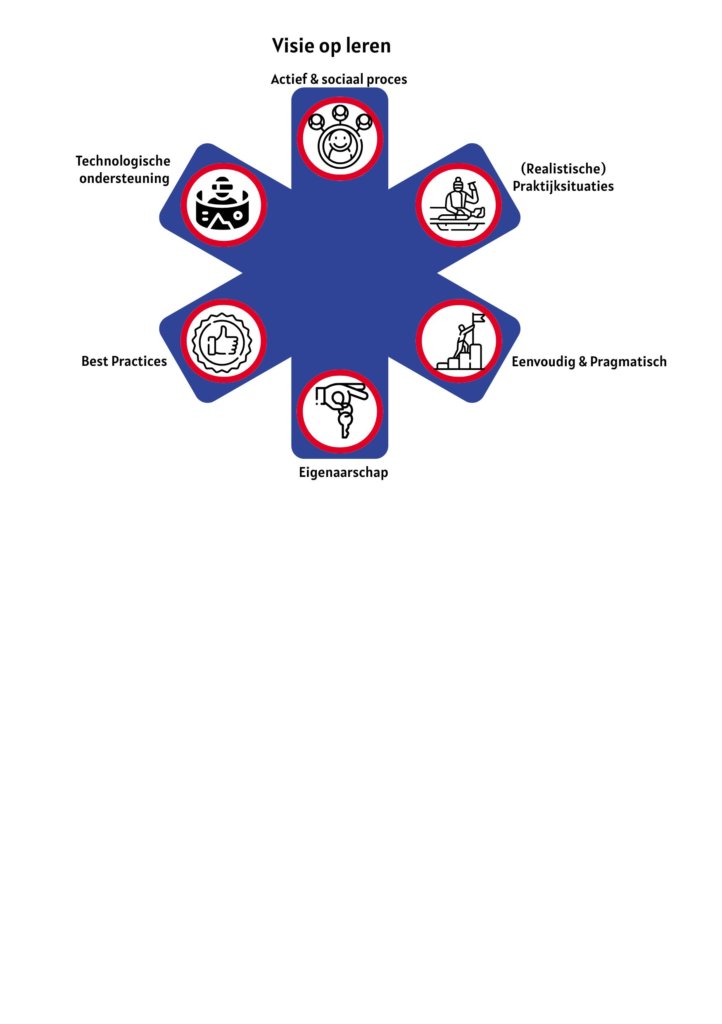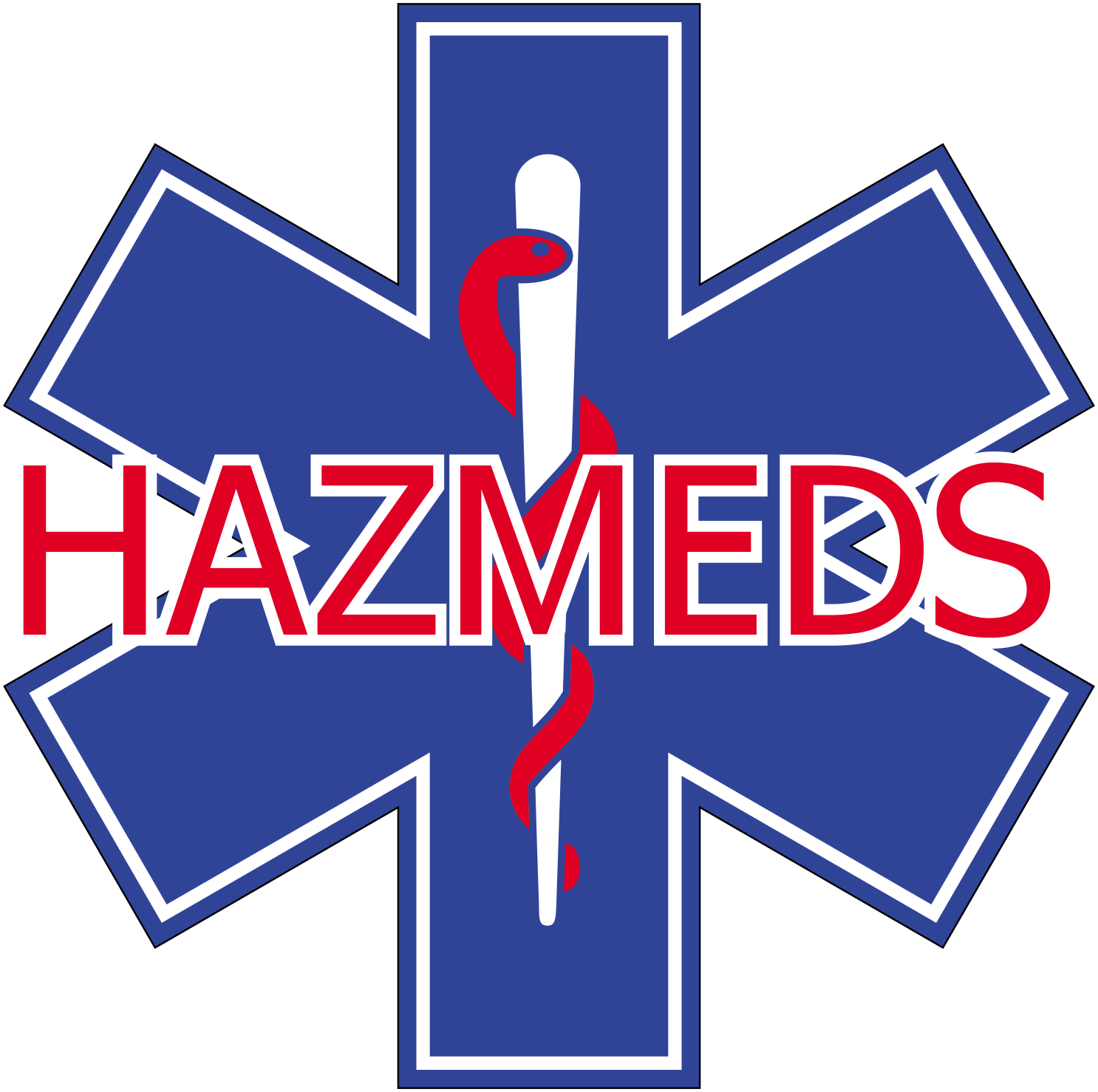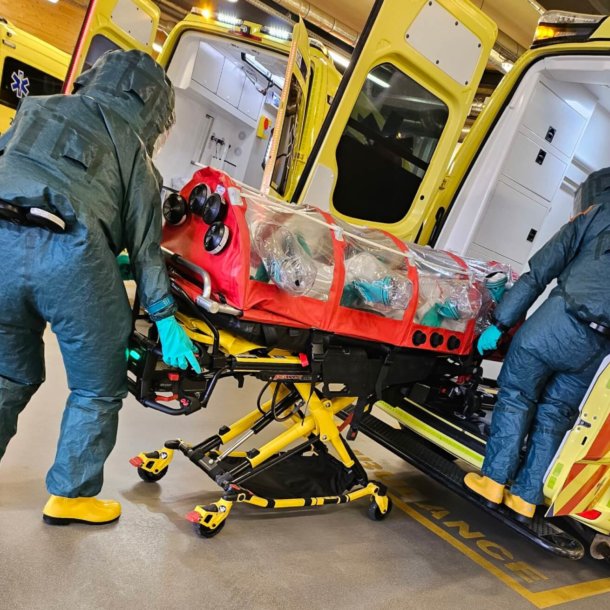
This Learning Pathway was written as part of the Master Class in Designing Learning Pathways as part of NCOI's Master of Education (MEd) program.
Foreword
Commissioned by HAZMEDS B.V., a learning program was designed for a 'Dedicated Team' in the Emergency Department. A Dedicated Team consists of one or two professionals per function (secretaries, physician assistants, SEH nurses, SEH Physicians, team leadership and management) within the Emergency Department.
In this interprofessional composition, the Dedicated Team is jointly following a course that offers a substantive deepening of the existing approach and complemented by a train the trainers training.
The learning pathway will thus provide visible improvement in the current knowledge, skills and attitudes, of all emergency room professionals, which are necessary to respond effectively in emergency situations.
Anouk Vorstenbosch; www.leertoekomst.nl
Content context
Increased threats from terrorist attacks, emerging infectious diseases, CBRN (Chemical, Biological, Radiological, Nuclear) incidents and other complex emergencies require emergency responders to be properly trained and up-to-date to respond effectively.
Existing trainings focus on training the basic skills of all professionals within the relevant target groups.
The return on these trainings is low for the simple reason that emergencies do not occur every day. Knowledge, skills and behaviors fade, due to lack of application, requiring regular repeat training.
HAZMEDS B.V. wants to change this, after an analysis of the current and desired situation, the following Organizational Goal emerged:
After attending the "Dedicated Team" learning program, improvement is evident in the current knowledge, skills and attitude, of all emergency room professionals, which are required to respond effectively in emergency situations.
Before the design of the learning program was started, the vision on learning and training of HAZMEDS B.V. was examined, which serves as the foundation of the learning program.
The 4CID model was chosen as a design model because it focuses on designing learning trajectories related to the performance of complex tasks, starting from 'whole task practice' (Hoogveld, Janssen-Noordman, & Merriënboer, 2017).
The elaboration results in a design that fits the vision, target audience and complex context.
To make the goal measurable, the ROI methodology™ has been used. There will be a 0 and a 1 measurement of all employees in the ED.
Outcomes from these measurements are also taken into account to continue to improve the learning pathway.
Vision of Learning and Training HAZMEDS B.V.
"Learning is an active and social process, which takes place as much as possible in (realistic) practical situations, as simply and pragmatically as possible. The learner takes ownership and plays an active role in building knowledge and constructing meaningful learning experiences.
Best practices are used to continuously improve.
Technology is a valuable tool to support and enrich the learning process."


